Updated: Intel Cans Xe-HP Server GPU Products, Shifts Focus To Xe-HPC and Xe-HPG
by Ryan Smith on November 1, 2021 10:30 PM EST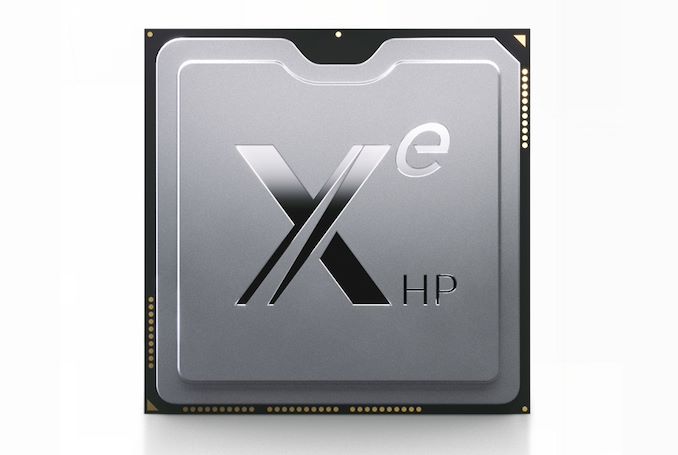
Update 11/01:
In an additional tweet posted over the weekend by Raja Koduri, the Intel GPU frontman confirmed that Intel will be bringing products based on their Xe-HPG architecture to the server market.
We leveraged Xe HP to build developer ecosystem for HPC, AI and Visual cloud. It’s being used on-site at Argonne and other customers.
— Raja Koduri (@Rajaontheedge) October 30, 2021
We’ll have Xe HPG based data center products for visual cloud/AI Inference and Xe HPC based products for HPC/AI Training @intelgraphics pic.twitter.com/iHZa2dMLqd
Painting very broad strokes here from a 280 character announcement, it sounds like Intel will take a very similar tack as NVIDIA for their initial generation of products. That means offering Ponte Vecchio (Xe-HPC) for HPC and high performance AI training, while using the Alchemist (Xe-HPG) products for less intense/more scalable tasks such as AI inference and server-based graphics. All of which leaves me even more curious if Intel has retained Xe-HP’s tile capabilities for Xe-HPG.
With his tweet, Koduri also included a slightly updated version of one of Intel's Xe-HPG slides, which now includes the server graphics role.
Original Story (10/29):
In a tweet published yesterday afternoon by Raja Koduri, Intel’s SVP and GM of the Accelerated Computing Systems and Graphics (AXG) Group, the GPU frontman revealed that Intel has dropped their plans to bring their Xe-HP series of server GPUs to the commercial market. Citing that Xe-HP has evolved into the Xe-HPC (Ponte Vecchio) and Xe-HPG (Intel Arc) families within Intel’s GPU group, the company seemingly no longer sees a need to release a second set of server GPUs – at least, not something based on Xe-HP as we know it.
We deployed Xe HP in our oneAPI devcloud and leveraged it as a SW development vehicle for oneAPI and Aurora. We currently don’t intend to productize Xe HP commercially, it evolved into HPG and HPC that are on general market production path
— Raja Koduri (@Rajaontheedge) October 28, 2021
Also known by the codename Arctic Sound, Intel’s initial family of server GPUs has been the most visible product under development from Intel’s reborn GPU group. Koduri frequently showed off chips housing the silicon as it was brought-up in Intel’s labs. And, Xe-LP/DG1 excepted, this was the first high-performance Xe silicon that Intel developed. Notably, it was also the only high-performance Xe silicon slated to be manufactured by Intel; Xe-HPC’s compute tiles and Xe-HPG dies are both being built by TSMC.
We haven’t heard much of Xe-HP this year, and in retrospect that was a sign that something was amiss. Still, as of year Intel had been showing off Xe-HP demos with performance as high as 42 TFLOPS of FP32 throughput. And in November the company announced that Xe-HP was sampling to select customers.
But, as it would seem, Xe-HP just isn’t meant to be. For 2021 Intel has been focused on getting Ponte Vecchio assembled for the Aurora supercomputer (and eventually other customers), as well as bringing up the Xe-HPG Alchemist GPU family for Q1 of 2022. According to Koduri, Xe-HP has been leveraged as a development vehicle for Aurora and Intel’s oneAPI – so it hasn’t gone unused – but that’s as far as Xe-HP has made it.
For now, the cancellation of Xe-HP raises some big questions about Intel’s server GPU plans. Xe-HP was intended to be the backbone of their server efforts, utilizing a scalable design that could range from one to four cores to serve datacenter needs ranging from compute to media processing. Between Xe-HP and Ponte Vecchio covering the very high end of the market (e.g. HPC), Intel was slated to develop a potent slate of parallel processors to compete with market-leader NVIDIA, and offer traditional Intel customers a GPU option that let them stay in Intel’s ecosystem.
At this point it’s not clear what will fill the void left by Xe-HP in Intel’s product stack. Ponte Vecchio is in production now, and judging from Intel’s revised Aurora figures, is performing better than expected. But the massive chip is expensive to build – at least in its current configuration. And while Xe-HPG could be called up for server use next year, unless Intel is able to tile it like Xe-HP, they won’t be able to offer the kind of performance that Xe-HP was slated to deliver.
Equally nebulous is a full understanding of why Intel opted to cancel Xe-HP. With the silicon already up and running, canceling it certainly sets back their server GPU plans. But as AMD has already begun rolling out their new CDNA2 architecture-based server GPU products, and NVIDIA is likely aiming for some kind of refresh of their own in 2022, there’s certainly the question of whether Xe-HP was simply too late and/or too slow to compete in the server market. Coupled with that, it’s the only lineup of high-performance Xe parts that Intel was fabbing themselves, using the 10nm Enhanced Superfin process (now referred to as Intel 7).
In any case, Intel is clearly not giving up on their plans to break into the server GPU market, even if pieces of that plan now need to be rewritten. We’ve reached out to Intel for additional details, and we’ll update this story further if Intel releases a more detailed statement on their server GPU plans.
Source: Raja Koduri (Twitter)


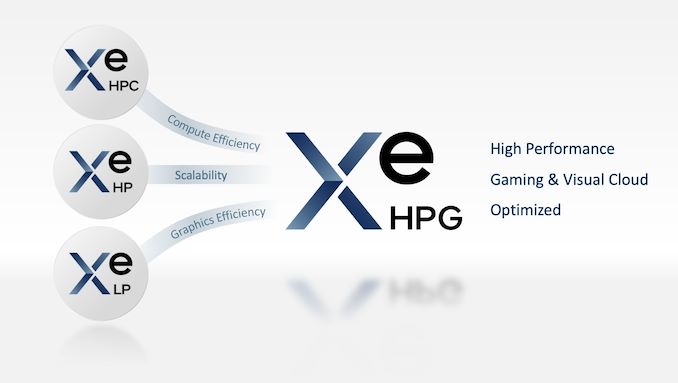
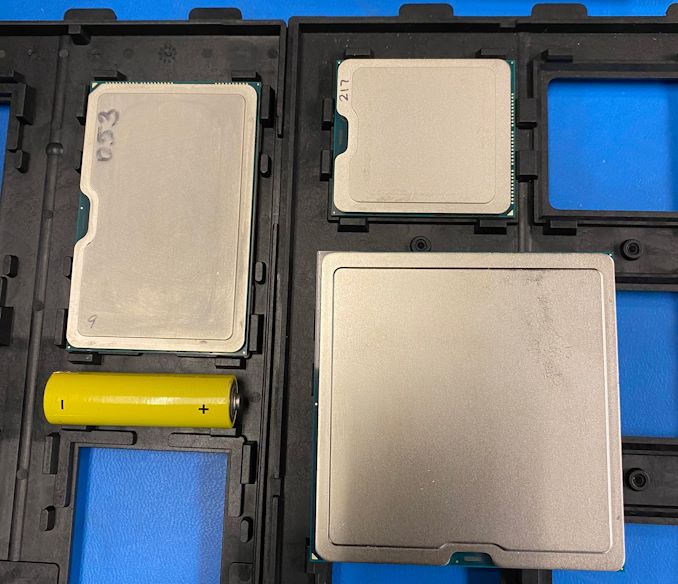
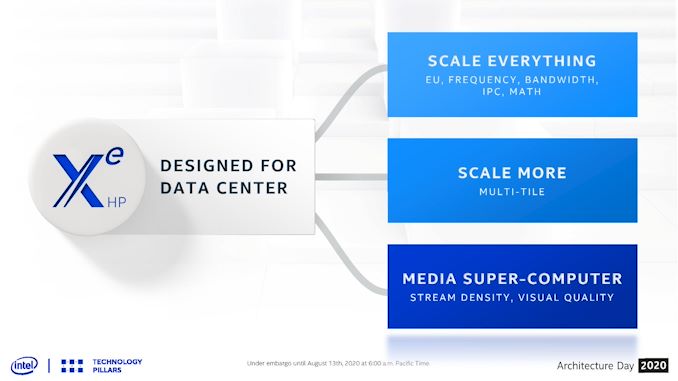
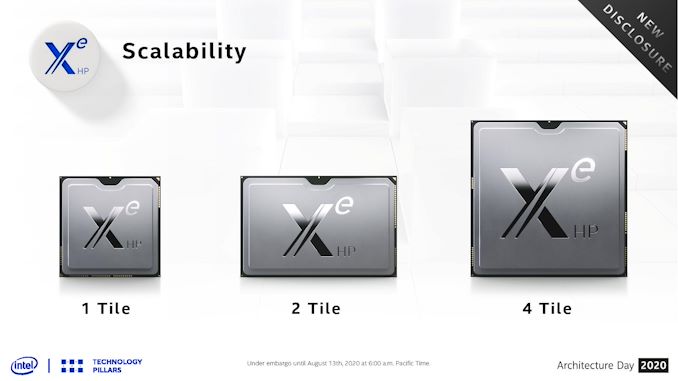









47 Comments
View All Comments
Lord of the Bored - Wednesday, November 3, 2021 - link
No one but you is talking about AMD.yetanotherhuman - Monday, November 1, 2021 - link
You can still download the standard drivers from NVIDIA, you just have to click about a bit.https://www.nvidia.co.uk/Download/Find.aspx
Select "Windows driver type" Standard. If you want to find the page from the "normal (new)" driver download page, click the utterly misleading link "BETA Drivers and Archive" down at the bottom.
brucethemoose - Friday, October 29, 2021 - link
"And while Xe-HPG could be called up for server use next year, unless Intel is able to tile it like Xe-HP, they won’t be able to offer the kind of performance that Xe-HP was slated to deliver."But who even needs that kind of config?
Right now, it seems that server compute users are satisfied with diehard, cost-is-no-object accelerator designs at the very top, and repurposed PCIe gaming GPUs everywhere else. Perhaps Intel saw there was no demand for Xe HP from their customers, and therefore there's no gap to fill.
brucethemoose - Friday, October 29, 2021 - link
* another niche is the low power compute area that, for instance, a ton of the ML inference startups are targeting, but that doesn't seem like a good candidate for Xe HP either.mode_13h - Sunday, October 31, 2021 - link
> But who even needs that kind of config?I think It's a density play, mostly. It's about packing the most amount of compute or video transcoding, etc. per rack unit.
> Perhaps Intel saw there was no demand for Xe HP from their customers,
> and therefore there's no gap to fill.
That's one plausible explanation, but I think the more likely scenario is they realized their "Intel 7" fabs were overcommitted and opted to pull Xe-HP, since many of their customers could substitute in Xe-HPG or Xe-HPC. That would be far more palatable than catching a lot of bad press from Alder Lake being impossible to find in-stock, which might happen regardless.
The final explanation is that there was some technical or performance problem with how they implemented tiling, and GPU apps just didn't scale well to multiple tiles.
It could also be some combination of these.
lmcd - Monday, November 1, 2021 - link
My bet is that they actually were going to be short on interconnect materials + capacity for their server parts. They've probably been getting orders for Sapphire Rapids in reasonably high volume since it's clearly the best Intel upgrade path.Teckk - Friday, October 29, 2021 - link
“ In any case, Intel is clearly not giving up on their plans to break into the server GPU market”What other server GPU options are left from Intel?
Also, what about those customers who sampled these? They will be skeptical next time to say the least.
mode_13h - Sunday, October 31, 2021 - link
> What other server GPU options are left from Intel?There's currently a product from one of their partners which packs 4x DG1 chips on a single PCIe board. You could imagine something similar happening with DG2 (although maybe just 2x chips, due to its wider memory interface & higher power consumption).
yannigr2 - Friday, October 29, 2021 - link
Failed performance? Failed manufacturing? Failed in everything?Lonyo - Saturday, October 30, 2021 - link
My guess would be manufacturing if this is the only in-house fabbed product in the stack.